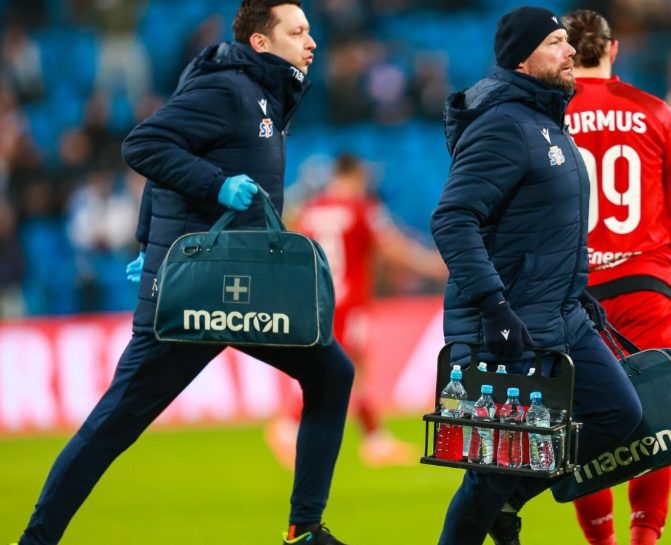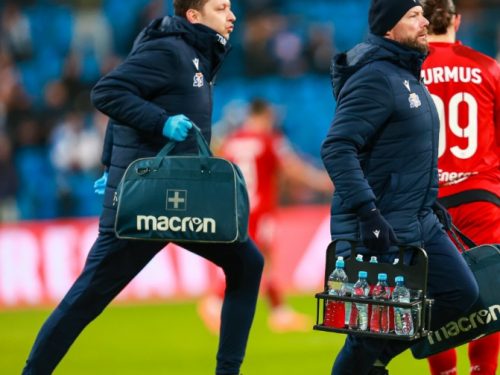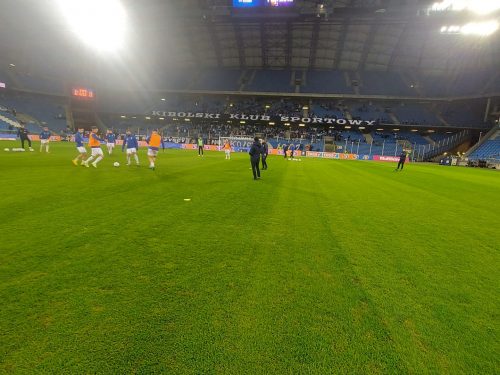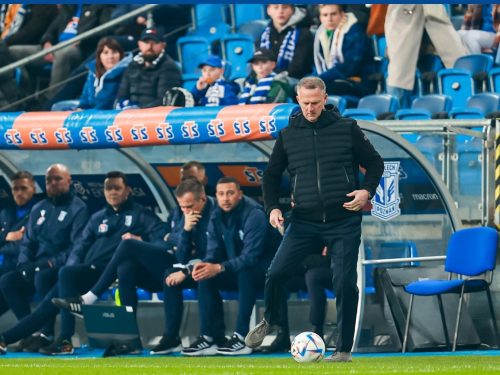
Behind the Scenes: The Role of a Footballteam Doctor – My adventure with Lech Poznań”
Hi,
Today I will tell you about my adventure as the team doctor of Lech Poznań’s first team in the 2022/2023 season.
What does the club doctor do?
- Provides medical care at home and away matches, as well as attends all pre-season and mid-season training camps.
- Takes care of the players throughout the season – diagnoses injuries, plans treatment with the staff, and supervises physiotherapy.
- Consults on every player’s treatment, from common colds to specialist consultations, ensuring that no prohibited substances considered doping are introduced into the player’s body.
When can the doctor enter the field?
In case of injury, the player’s condition is assessed by the referee first… If the referee sees that the injury requires consultation with the medical team (as you probably noticed, two people usually enter the field – the team doctor and the team physiotherapist), then he allows them to intervene with a signaling gesture.
Exceptions are head injuries or situations threatening the player’s life (e.g., loss of consciousness without contact with another player), in which case the medical team can enter the field without the referee’s permission.
Did you know that the doctor can also be punished by the referee with a red card? However, this has no consequences because the doctor does not leave the field after it, like players or members of the coaching staff; they remain in their position until the end of the match.
What do we have in the medical bag?
- Primarily wound dressing materials – sterile gauze, bandages, plasters, but also a set for stitching wounds and staplers.
- Nosebleed tampons.
- Cold sprays and ice packs for muscle injuries.
- Painkillers, pain-relieving ointments.
- The kit includes an orthopedic collar, an AED – resuscitation kit.
What are the most common injuries?
- Minor muscle strains and tears.
- Ankle sprains.
- Tissue damage – e.g., eyebrow arch damage, scalp damage.
- Knee sprains – damage to menisci, collateral ligaments.
- Overuse injuries to the back extensor.
- Bruises.
- Inflammation of the fat pad under the heel, plantar fasciitis and Achilles tendon overloads.
- Foot abrasions and blisters.
Did you know that before the team doctor administers medication to a player, they always ensure that it is permitted in professional sports?
There is a very extensive list of drugs considered doping in sports, the administration of which carries a long disqualification.
If you are interested, below is the current list of prohibited substances and methods for 2024.
Author: Maciej Purol MD








